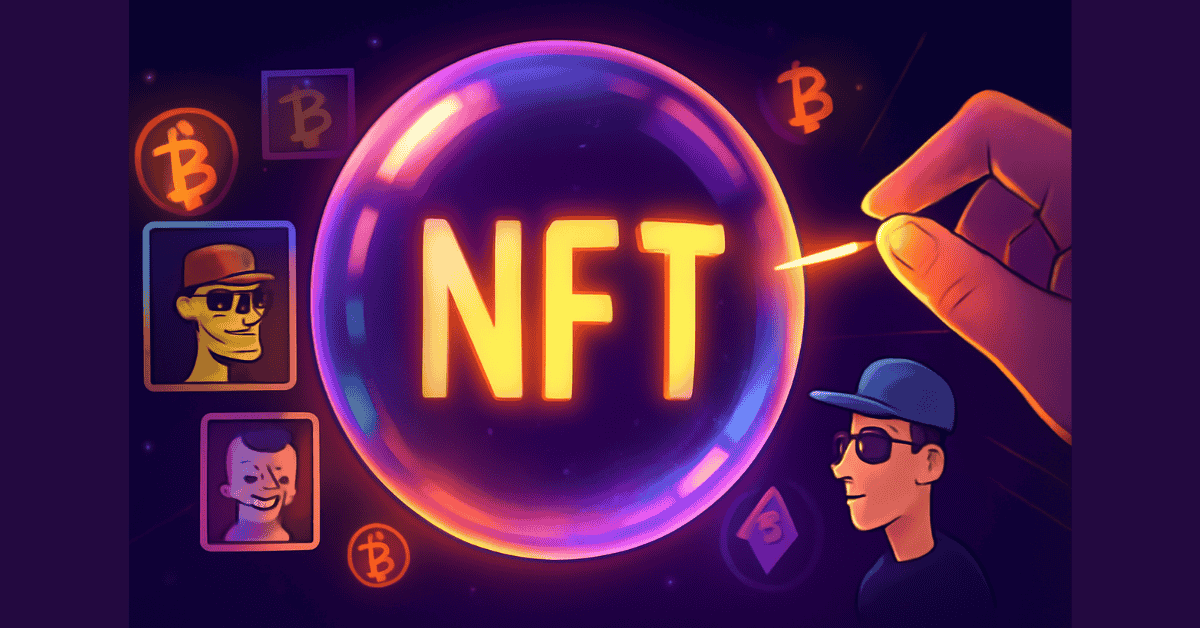
NFT Bubble: The Digital Frenzy of the 21st Century
In the early 2020s, the world of digital finance witnessed an unprecedented craze: NFTs (Non-Fungible Tokens) — digital assets representing ownership of artwork, music, in-game items, and various other forms of digital content.
1. How Did NFTs Begin?
Originating from blockchains like Ethereum, NFTs quickly became a symbol of digital creativity. A JPEG image, a music snippet, or even a single tweet could sell for millions of dollars. Much like tulips in 17th-century Holland, NFTs were glorified and transformed into global investment targets.
2. Where Art Meets Blockchain
Famous collections like CryptoPunks and Bored Ape Yacht Club were traded for hundreds of thousands to millions of dollars each. Digital artists, celebrities, and major brands entered the space, adding to the frenzy. NFT marketplaces like OpenSea saw trading volumes soar to billions of USD per month.
3. The Bubble Expands
Like the Tulip Mania, the NFT market soon became heavily driven by speculation. People rushed to buy NFTs out of FOMO (fear of missing out), often without understanding their true value. Some even borrowed money or used crypto assets as collateral to invest in digital collectibles.
By mid-2022, the hype began to fade. Trading volumes dropped sharply, and many NFTs lost over 90% of their peak value. Latecomers to the market suffered significant losses — echoing the fate of Dutch tulip speculators centuries ago.
4. Lessons from the NFT Mania
-
- Intrinsic value vs. crowd psychology: Like tulips, NFT prices were driven more by hype than actual worth.
-
- Investment risk management: Never go "all-in" on a single asset just because it’s trending.
-
- Market cycles: Booms and busts are natural in speculative markets.
While the NFT bubble may not mark the end of the technology, it serves as a cautionary tale. Like the Tulip Mania, the NFT craze will remain a memorable chapter in financial history — where technology, art, and human greed intersected.